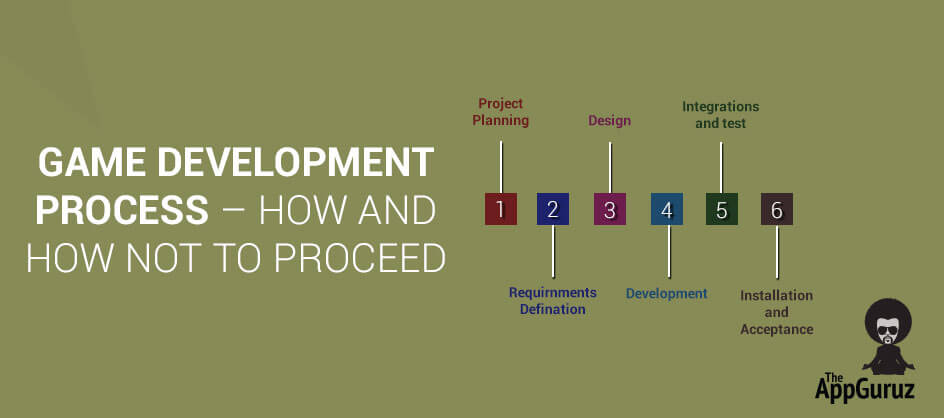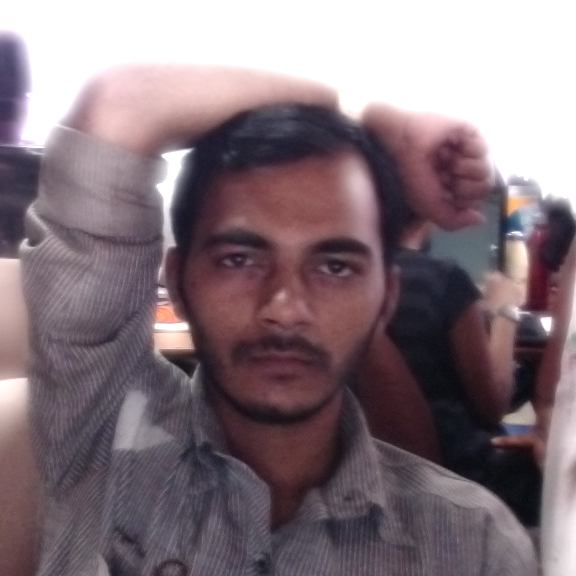Objective
This blog post is intended for video game artists and developers alike. This blog post is based on writer’s personal experience so you may or may not agree with some of the contents.
Step 1 Quick Overview
1.1 Game Elements
Video game development is consisting of art (in forms of visuals and audio) and gameplay. Hence a conventional software development technique doesn’t help much here.
There are two main elements while developing games
1. Art (in the form of visuals and audio)
2. Game Play
These two aspects make game development process different than the traditional software development process.
Without solid planning and management of resources there are good chances that your game project will run over-budget or will be more time consuming or full of bugs and glitches.
Like any creative project game development also has some basic stages which consist of many sub stages. Following are the three main stages and their sub-stages of game development:
Step 2 Process Explanation
2.1 Pre-Production
Game designers often start prototyping along with concept creation which ruins the whole process. Designer should not start prototyping before creating a solid concept. If you don’t have a complete concept there is going to be too much back and forth in prototyping. Reason for it is, if concept isn’t clear or ready than there are sure chances that concept will be modified for the sake of game play. Modifying a concept will require changes in prototype.
So it is very important that we create a high concept before starting prototype.
2.1.1 Pre-production Step
- Concept Creation: A short description of game’s story and features
- GDD sort of game design document: A full description of game’s art style, theme, gameplay mechanics and story. In short A to Z everything which you would like to include in your game
- Prototyping: A simple playable prototype of your game with main gameplay features. It isn’t necessary to use good graphics or art asset, but anything that can give an idea of what’s going on.
2.2 Production
All steps mentioned above in production except release generally runs simultaneously with each other. Running all these tasks simultaneously helps in collaboration of asset creation and feature programming. Another thing is communication between different departments. It is very important that programmers and artists have good communication and understanding of each other’s work. Communication problem can bring mayhem to your production. Especially if the development team consists of more people.
Discussion regarding game design between artist and programmer at early stage of production can significantly reduce the problems that they may face in later productions. These discussions can help in determining each other’s work limitations and strengths and can work according to that.
2.2.1 Production Step
- Design: It is about designing feature, content and rules of game. Those things can be changed while game is in development.
- Programming: There is a great amount of programming required to create a game. Programmer does all the stuff possible for a player to play the games.
- Level creation: Levels are also called stages, maps, missions etc. depending upon the type of game genre.
- Art: It consists of the things which a player is able to see.
Audio
- Testing: It begins as soon as game is playable.
- Release Build of game
2.3 Post Production
Big studios don’t have to worry about the marketing of their game. Most often they have a publisher who worries about that. But if you are a small company or an indie developer with couple of people, you may have to worry about it. As small companies or Indies mostly don’t have budget for these things.
But, nowadays that can’t stop you from making a game. There are many well established firms which does these things for small companies and Indies. Off course at they will take their share of profit from your game.
2.3.1 Post production Steps
- Marketing: Promoting your games through various mediums such as expos, advertisement, etc... help it to become popular among many people.
- Maintenance (If your game supports multiplayer or network functionality)
- Let’s go through each process in brief.
Publishing dev blog at early stage of development can also help you to attract people. It helps you to interact with your potential players. It also gives you some valuable inputs from those players. These inputs in turn help you to make changes in your early stage of development.
So, it was another blog on game development.
But, most important thing is dedication of people and their love for work which makes game a playful experience. No matter how good is the working environment, how flexible is your development pipeline or how great a game idea is, without dedication of people it can’t be better than a crap.
I hope you find this blog is very helpful. Let me know in comment if you have different view about game development process.
Got an Idea of Game Development? What are you still waiting for? Contact us now and see the Idea live soon. Our company has been named as one of the best Game Development Company in India.
Create 3D Text Effect in Photoshop CS6
How To Integrate PayPal in Android

